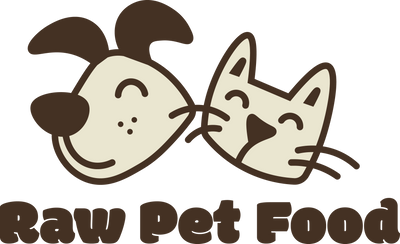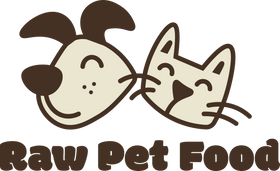Feeding Your Pet
Feed Fresh Living Foods to Help Your Pet THRIVE
The extreme processing that most commercial pet food goes through to make it shelf stable takes away most of the original beneficial nutrients and flavor. Artificial flavor and synthetic vitamins and minerals are then added back in. Just like a fast food diet for humans, an improper diet for pets that lacks fresh, quality ingredients leaves them with less energy and feeling less satisfied. Whole fresh ingredients from a raw pet food diet provide pet owners with the assurance of natural vitamins and nutrients for ideal health and smaller portions! However, it's important to handle and prepare it properly. This guide will show you how to prepare and feed your pet raw food safely and easily.
How Do I Feed Frozen Raw?
Frozen raw food needs to be defrosted before being served to pets. Start with a clean, airtight container and portion your pet’s TOTAL daily feeding amount into it. Place the airtight container of raw food in the fridge overnight to thaw. Remove the thawed food from the fridge and serve it to your pet on a clean dish. You can refrigerate any uneaten, thawed food for up to four days. As with any raw meat, thoroughly wash your hands and sanitize all areas that come into contact with the raw food
Can I Feed it Frozen?
While some pets may do fine with cold meals, we highly recommend thawing the food as feeding raw food frozen may be more difficult to digest for small or older pets.
How do I feed freeze-dried raw?
Freeze-dried raw food needs to be rehydrated before being served. Start with a clean dish, and portion just the amount that you are going to feed right then. Add ¾ cup of warm water per every 1 cup of food. Stir to ensure even hydration. Let the liquid absorb into the food for a minimum of 10 minutes. Once rehydrated, serve it to your pet. As with any raw meat, thoroughly wash your hands and sanitize all areas that come into contact with the raw food
Can I store rehydrated food?
Once rehydrated, we recommend picking up any uneaten food after an hour. You can store rehydrated food in the refrigerator for up to three days
How much should I feed my pet?
Each pet will metabolize food differently based on their activity level, breed, age, etc. Use our feeding calculator as a starting point for your pet, and adjust the feeding amount as necessary to help your pet achieve an ideal body weight.
Can I feed raw food heated up?
Steve’s Real Food should be fed thawed or slightly warm. It’s important not to cook the food as it harms or destroys valuable enzymes and nutrients. Ground bone is in every recipe, which should only be fed raw. You can mix in hot water or bone broth for a warmer meal. Never cook or microwave raw pet food.
Hydration
Raw pet food with natural ingredients is full of moisture and will keep your pets more hydrated! You may notice after feeding raw diets your pets may drink less water and that’s ok. “Eating” their moisture is great, especially for cats, who originated as desert dwelling animals and relied on food for almost all of their moisture needs!
Feeding Raw
If you have never fed raw food before, you will be happy to watch your pet become happier and healthier eating raw fresh foods. There are a few factors that will affect the recommended amount to feed your pet, such as age, activity level, and weight goals. Use StevesRealFood.com for a Feeding Calculator.
Keeping It Safe
Thawing
We suggest to serve frozen raw food defrosted by thawing the food in an air-tight container in your fridge overnight. It can also help to buy a set of containers so that you can portion out and defrost up to 4 days of food at a time.
Wash Bowls Daily
You probably never consider eating from the same dishes before they are washed with soap and rinsed with hot water to prevent contamination from any remaining food particles (and the bacteria they may form) after a meal. Safe handling recommendations from the FDA's safe handling tips for pet foods and treats are the same for food prep and handling for our own food. Make sure to wash dog bowls with hot soapy water and rinse to prevent bacteria-caused illnesses that can cause symptoms like upset stomach, vomiting, and diarrhea.
Adjust Feeding Over Time
Another thing to keep in mind is that things change! “Feeding guidelines” are just that...guidelines. Every animal is different and changes happen throughout the course of their lives. Get to know your pet’s habits, and watch for changes in their body condition.
- Age- Your pet won’t need the same amount of food as an adult as they did when they were going through their growth stages. Later, as they move toward their senior years, their metabolism may slow down, making meal adjustments necessary.
- Activity level- This is especially true for dogs, as their lifestyles are more diverse. For dogs that are extremely active, you’ll likely have to adjust their normal portions up from the recommended amount because they are regularly burning so many calories. You might also have to seasonally adjust your dog’s diet. If you have a hunting dog, he will certainly use up more energy during hunting season! Dogs that enjoy hibernating by the fireplace all winter may actually need a calorie reduction since they aren’t getting out as much (just like us!)



